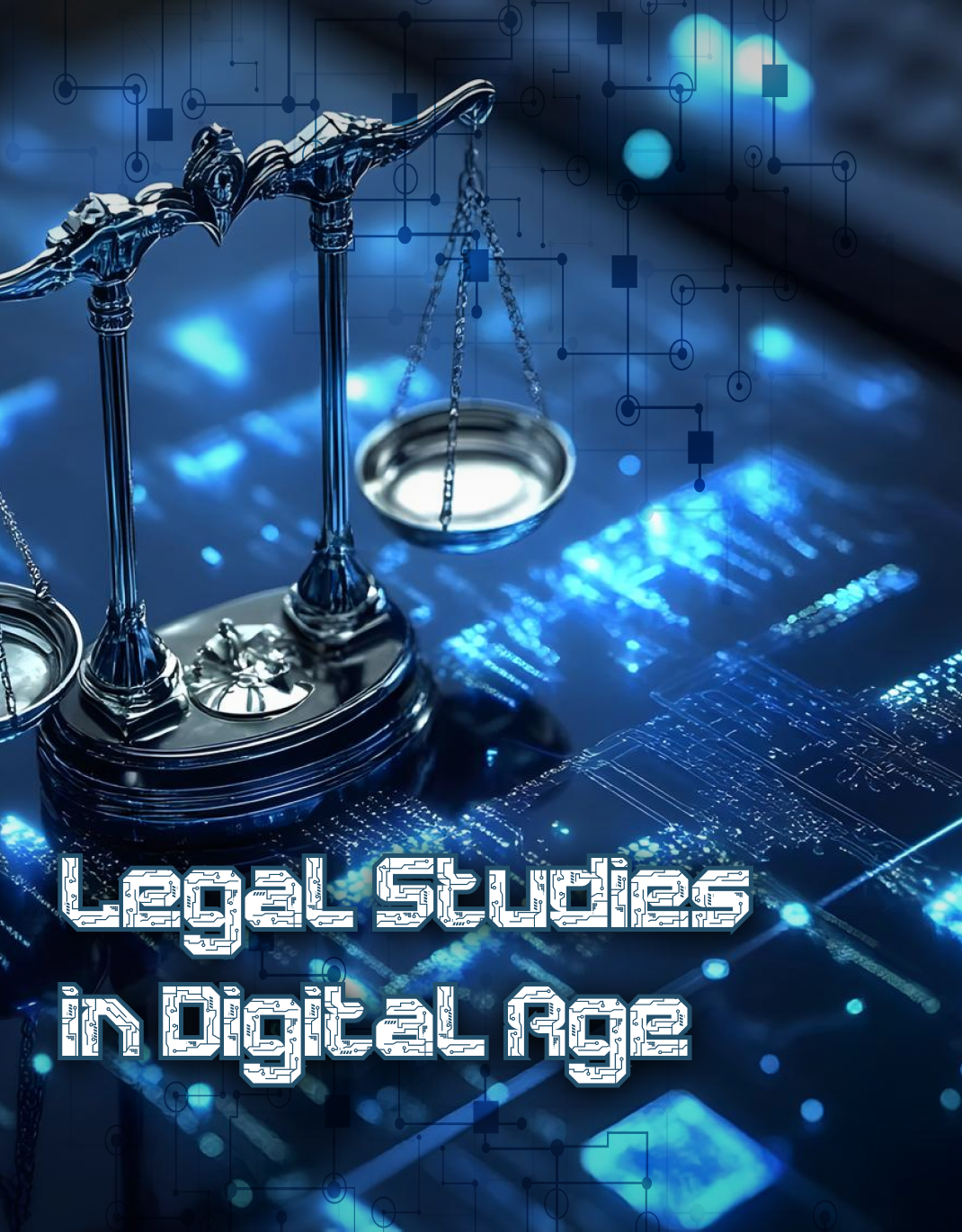Discourse Analysis of Judges and Defendants in Iranian Criminal Courts Based on Halliday and Matthiessen’s Systemic Functional Linguistics
Keywords:
discourse analysis, systemic functional linguistics, judge and defendant, forensic linguistics; , Halliday and Matthiessen, criminal courtAbstract
This study investigates the discourse between judges and defendants in Iranian criminal courts using the theoretical framework of Halliday and Matthiessen’s Systemic Functional Linguistics (SFL). Courtroom discourse, as one of the most critical types of legal discourse, plays a decisive role in uncovering the truth, determining guilt or innocence, and ensuring justice. Considering that no systematic research based on this model has been conducted on courtroom discourse in Iran, this study aims to offer a significant innovation in the field. Data were collected from official transcripts of criminal court proceedings and analyzed through the three metafunctions: ideational, interpersonal, and textual. Within the ideational metafunction, various process types—including material, mental, relational, behavioral, verbal, and existential—were identified. For the interpersonal metafunction, declarative, interrogative, and imperative clauses as well as power relations between judges and defendants were examined. Regarding the textual metafunction, thematic structures and marked/unmarked sequences were analyzed. The findings revealed that judge–defendant discourse in Iranian criminal courts is goal-oriented, with material processes and interrogative clauses playing a prominent role in courtroom interactions. Additionally, power relations are linguistically manifested, where judges employ imperative statements and guided questions to control the flow of conversation. These results align with similar international studies and emphasize the significance of language as a tool for exercising power and seeking truth in criminal proceedings. The present research contributes to the advancement of forensic and legal linguistics in Iran and highlights its potential applications in judicial, educational, and interdisciplinary contexts.
References
Abbaszadeh, H., & Gorjian, B. (2021). Courtroom discourse analysis in Iran: A comparative study. Iranian Journal of Linguistics, 13(2), 141-160.
Afshar, A. (2018). Forensic linguistics and legal discourse in Iran. SAMT.
Afshar, T. (2008). Application of Forensic Linguistics in Criminal Investigations. Kargāh (Detective) Magazine, 2(3), 6-16.
Archer, D. (2005). Questions and answers in the courtroom. Journal of Pragmatics, 37(6), 911-931.
Coulthard, M., & Johnson, A. (2010). An introduction to forensic linguistics. Routledge.
Fairclough, N. (1995). Critical discourse analysis: The critical study of language. Longman.
Foucault, M. (1972). The archaeology of knowledge. Tavistock.
Halliday, M. A. K., & Matthiessen, C. (2004). An introduction to functional grammar. Arnold.
Macdonell, D. (2001). An Introduction to Discourse Theories. Farhang-e Goftemān (Discourse Culture).
Momeni, M., & Azizi, H. (2015). Discourse and power in police interrogation. Journal of Applied Linguistics, 7(2), 33-58.
O'Barr, W. M. (1981). Linguistic evidence: Language, power, and strategy in the courtroom. Academic Press.
Rezvian, S., & Jalili, A. (2019). Discourse, law, and society in Iran. Ferdowsi University Press.
Downloads
Published
Submitted
Revised
Accepted
Issue
Section
License
Copyright (c) 2025 Roqaye Bameri (Author); Ahmad Mojavezi; Hengameh Vaezi (Author)

This work is licensed under a Creative Commons Attribution-NonCommercial 4.0 International License.
